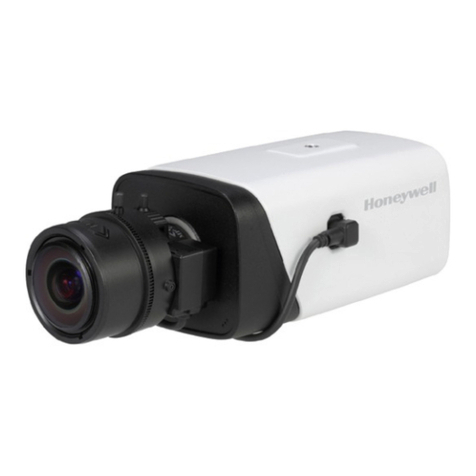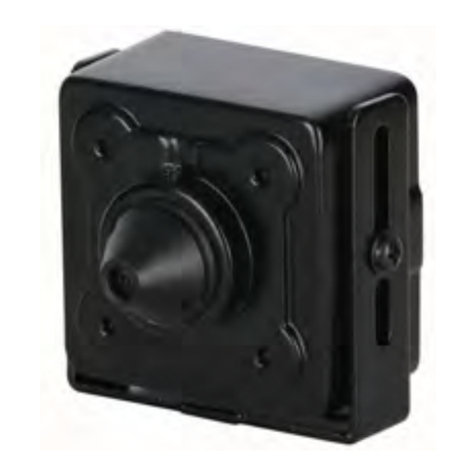Honeywell Pentax Spotmatic IIa User manual
Other Honeywell Digital Camera manuals
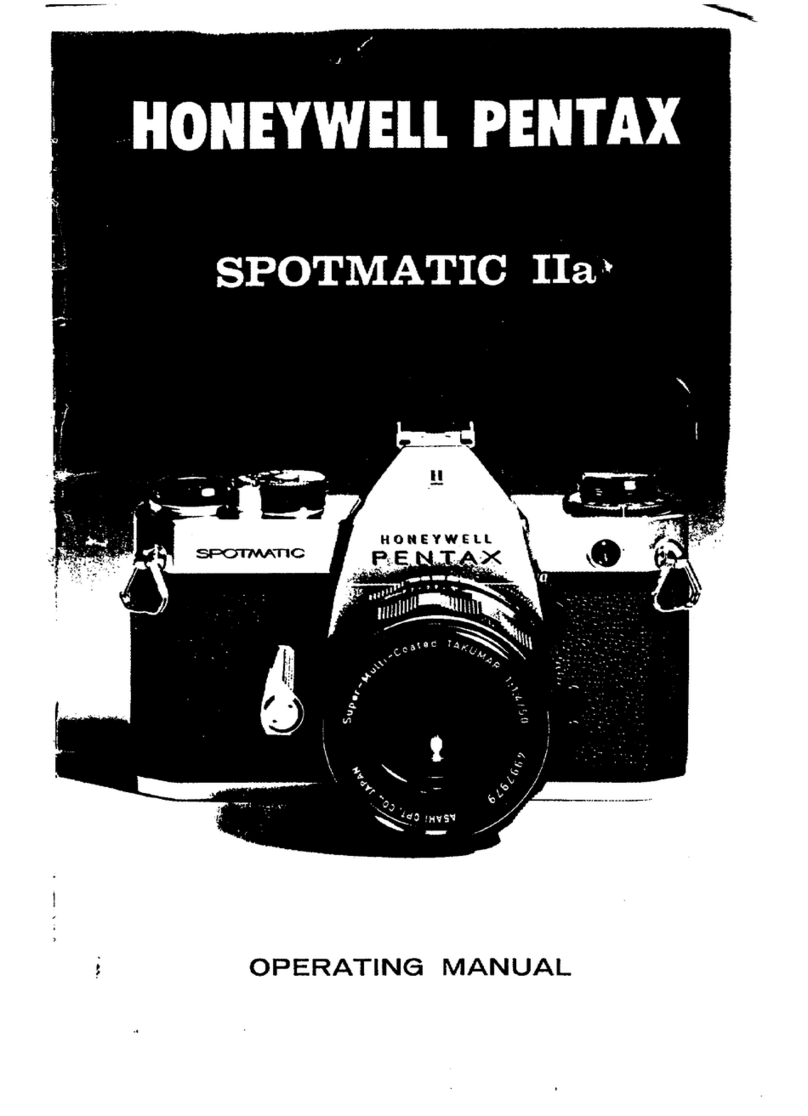
Honeywell
Honeywell Spotmatic Iia User manual
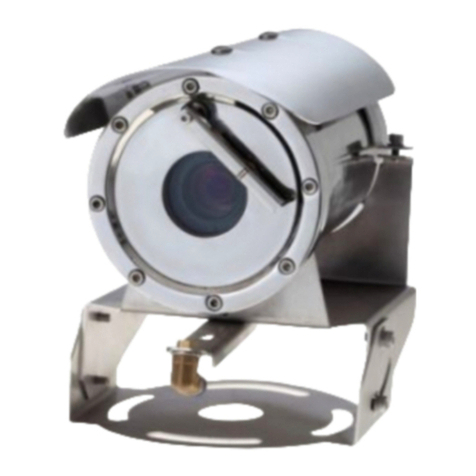
Honeywell
Honeywell NEXH User manual
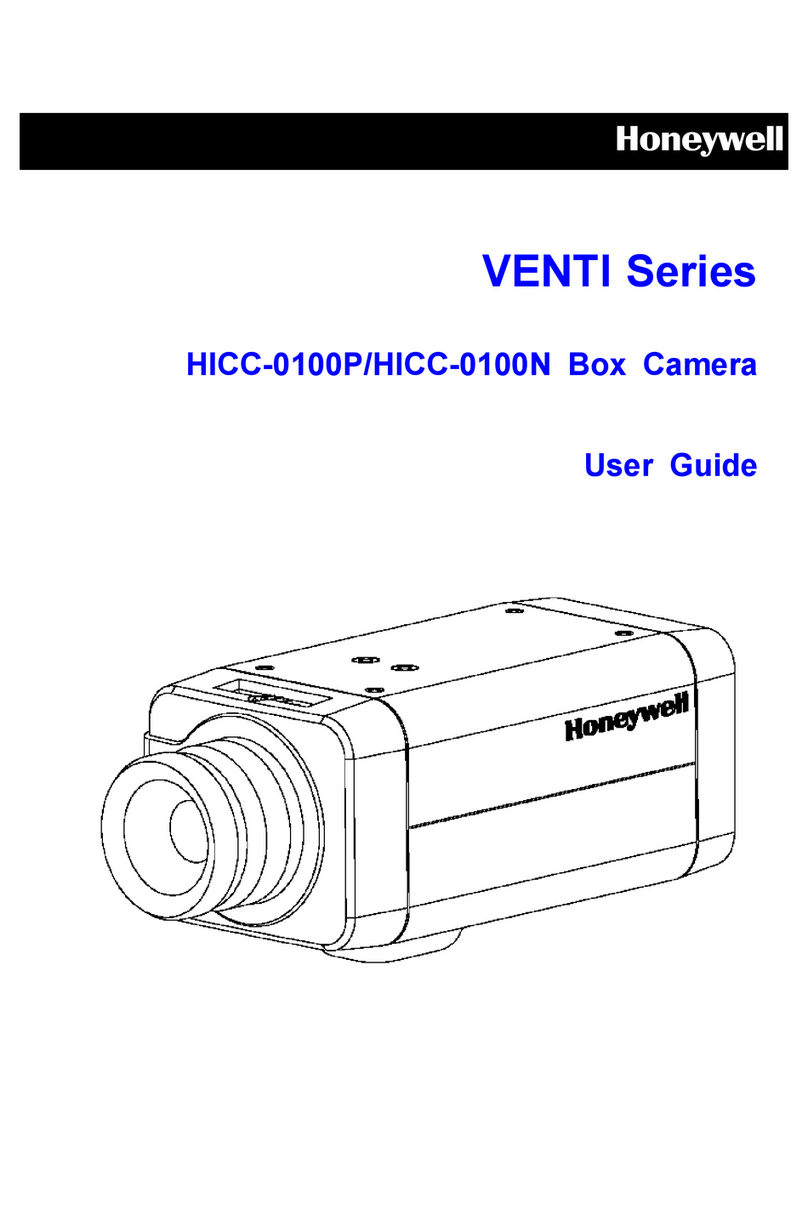
Honeywell
Honeywell VENTI Series User manual

Honeywell
Honeywell Pentax Spotmatic II User manual
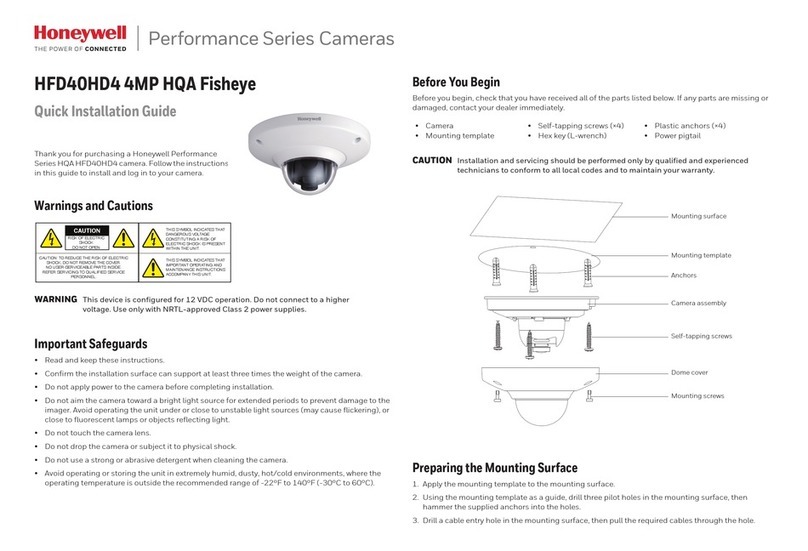
Honeywell
Honeywell 2450Cm Series User manual
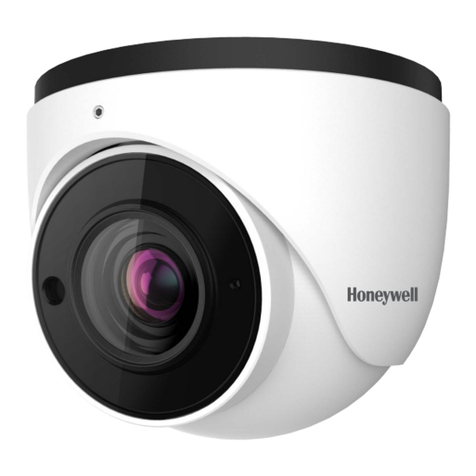
Honeywell
Honeywell PERFORMANCE LITE 2MP SD User manual
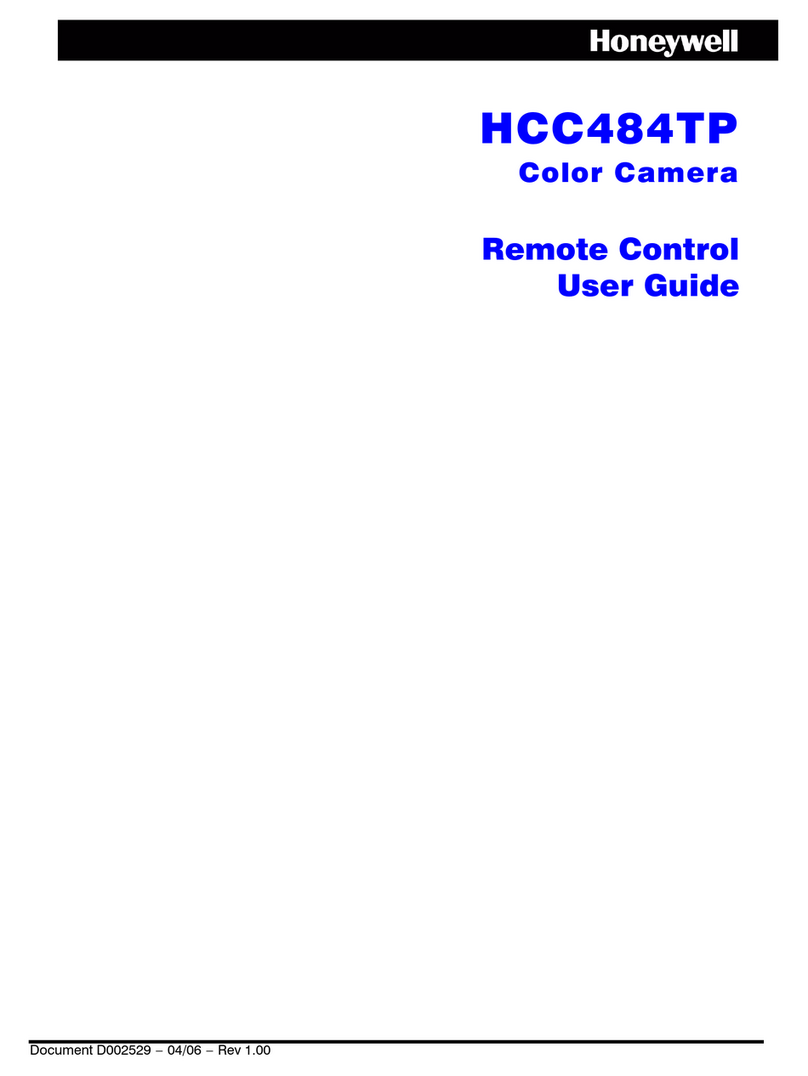
Honeywell
Honeywell Color Camera User manual
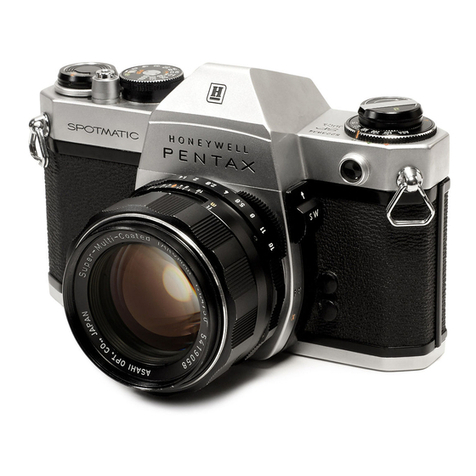
Honeywell
Honeywell Pentax Spotmatic User manual

Honeywell
Honeywell HD-SDC-3300P User manual
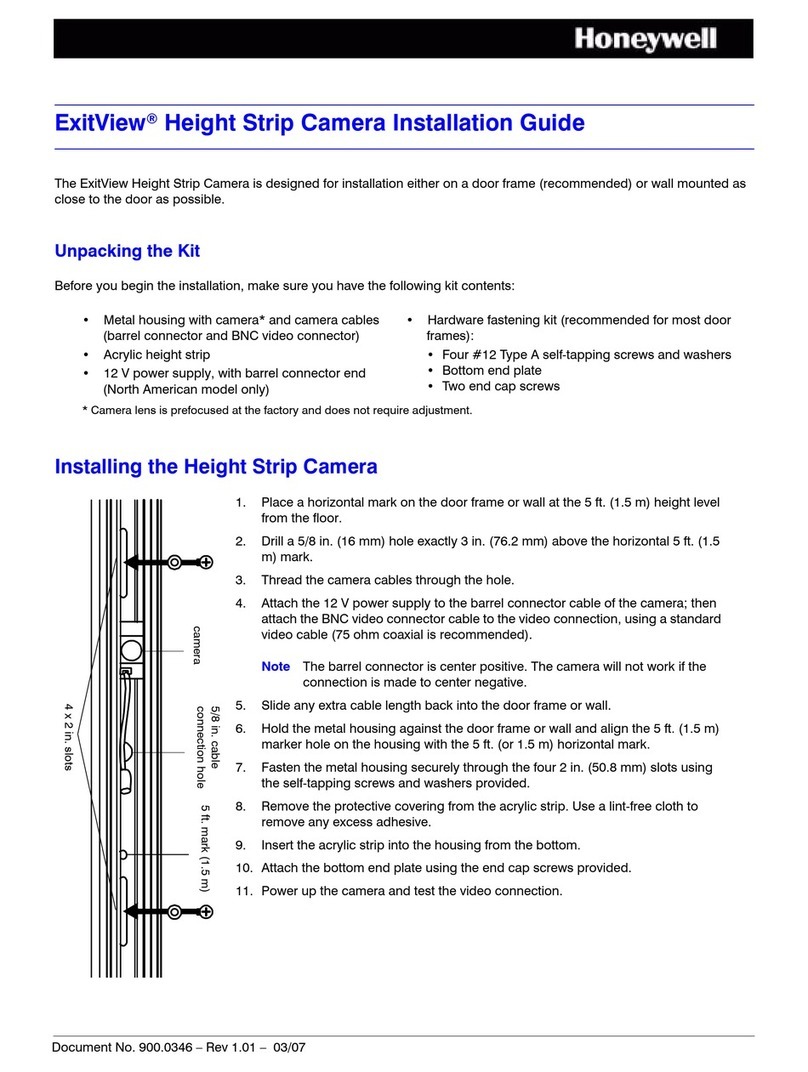
Honeywell
Honeywell ExitView Operating and maintenance instructions
